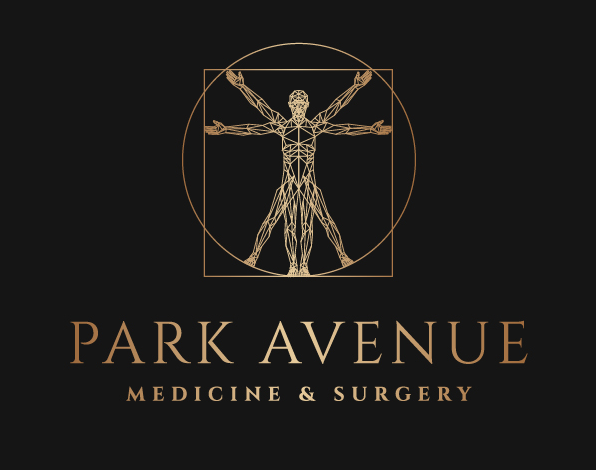How LASIK Eye Surgery Works
Laser-assisted In Situ Keratomileusis, otherwise known as LASIK, is a form of eye surgery that can be used to treat myopia (nearsightedness), hyperopia (farsightedness), and astigmatism. The goal of this procedure is to allow patients to have improved eyesight, usually no longer requiring glasses or contact lenses to see properly. However, a caveat is that it may not restore everyone to 20/20 vision, requiring some to perhaps still wear glasses, but with just a lower prescription than before. With the procedure taking roughly fifteen minutes in total for both eyes, it is considered to be relatively quick.
While LASIK sounds tempting, not everyone with poor vision is suitable for it. One factor is age-- those under the age of 20 are suggested to not undergo it yet, as their vision may still be changing, and those over the age of 40 are also suggested to not undergo LASIK, as presbyopia (loss of eyes’ ability to focus) is a natural part of aging. In addition, those with existing eye disorders and conditions, or immune disorders may face complications during the procedure. Lastly, those with above average levels of myopia or hyperopia are suggested to not undergo LASIK as well. Above average levels of myopia are considered to be above -8 diopters, although this will vary depending on each person, such as if there are other pre-existing health conditions. Therefore, the listed above should not be used as strict guidelines for whether one should get LASIK or not, but rather as a general overview to one’s suitability.
However, if one is determined as suitable for LASIK, there are still pre-procedure activities that have to be undergone. For example, to reduce the risk of developing dry eyes afterwards, there may be a precautionary treatment before. A corneal topographer is used to measure the curvature of the eye and create a ‘map’ of the cornea. Next, one may be subject to wavefront analysis, which sends light waves through the eye to produce a more precise map. In addition, it is recommended that those who wear contact lens should refrain from doing so two weeks before, as it may alter the natural shape of one’s eyes.
At the start of the procedure, anesthetic drops are inserted into the patient’s eyes, and then a thin flap is made in the cornea, the transparent layer that covers the eye and allows light to enter. The cornea also plays an important role in focusing the images that we are receiving. Since myopia, hyperopia, and astigmatism are usually caused by abnormalities in the cornea, it is the proper target for correcting vision. This flap can be made with either a microkeratome or a femtosecond laser, both of which are lasers. The flap is then folded back to allow for more access to the cornea. Next, a portion of corneal tissue is removed using an excimer laser, which has an ultraviolet light beam. By removing corneal tissue, the cornea can be reshaped, correcting one’s vision on a case by case basis. For those with myopia, a flattened cornea is the result, while for those with hyperopia, a steeper cornea is the result. For those with astigmatism, the irregularly shaped cornea is shaped into its standard shape. Following this, the flap that was folded back is put back in place, covering the area where corneal tissue was removed. The cornea is allowed to heal naturally, so bandages and stitches are not required post-procedure.
Following the procedure, there can be blurry vision and haziness, but vision clarity should be increasing by day. For most, vision improves almost immediately, but in a rare case, it may take several weeks. It is also recommended to avoid partaking in strenuous exercise immediately after, as it may affect the healing process and the eye. Another tip is to avoid rubbing the eyes, as it may affect the flap that was made during the procedure. While there may be side effects, they are commonly only temporary and not permanent. LASIK is an example of the developing technology and science in our modern world. Developed only in the 1970s and modified in the 1980s, it has become a commonly used procedure today.
References:
https://www.lasikvisioninstitute.com/what-is-lasik/



